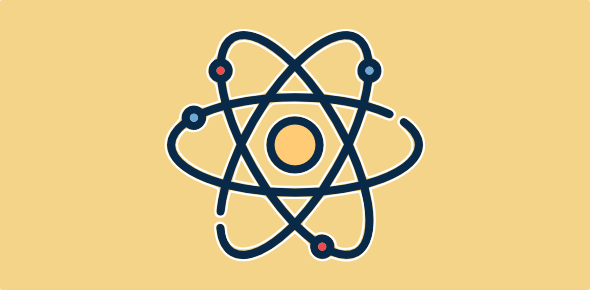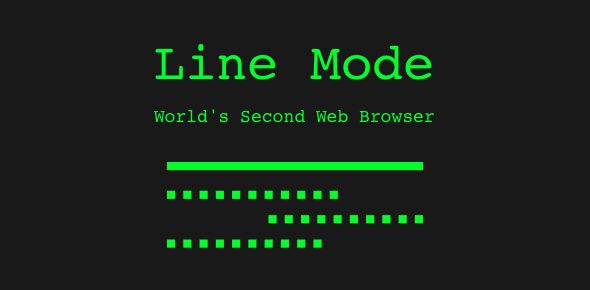Bang… Crash… Thud… KABOOM… Okay, I’ve made it overdramatic, but that’s exactly what happens at sub-atomic level at CERN (original name Conseil Européen pour la Recherche Nucléaire).
What do people do at CERN?
The advanced physics facility was established on September 29, 1954, with the prime focus of aiding in research in high-energy physics. At the time of writing, CERN runs six particle accelerators and a decelerator. Many important discoveries have been made at the center. And what has all this got to do with the World Wide Web?
Sponsored Links
Tim Berners-Lee invention at CERN
In 1984, Sir Tim Berners-Lee joined CERN as a fellow. He had previously worked as an independent contractor to the research facility. Anyway, in 1989, CERN had the largest Internet node in Europe. Sir Tim saw this as a good time to run his hypertext idea. Using high-end NeXT computers that were running the NeXTSTEP operating systems, Berners-Lee created and implemented the first web server. He also developed the world’s first web browser and set up the world’s first web page on 20th of December 1990. Voila, the World Wide Web was born!
Here are a couple of interesting titbits on the origins of the WWW.
The computers on which the World Wide Web was developed were from NeXT, the company Steve Jobs had created after quitting Apple Computers because of a power struggle with CEO John Sculley.
The world’s first web browser was named “WorldWideWeb” by Sir Tim. Later, its name was changed to Nexus to differentiate between the network and the program.







One man who changed the way we live and work – hail to Sir Tim Berners-Lee.